Common 3D Printing Materials And It's Technology Methods: PA, ABS, PC, and PEEK
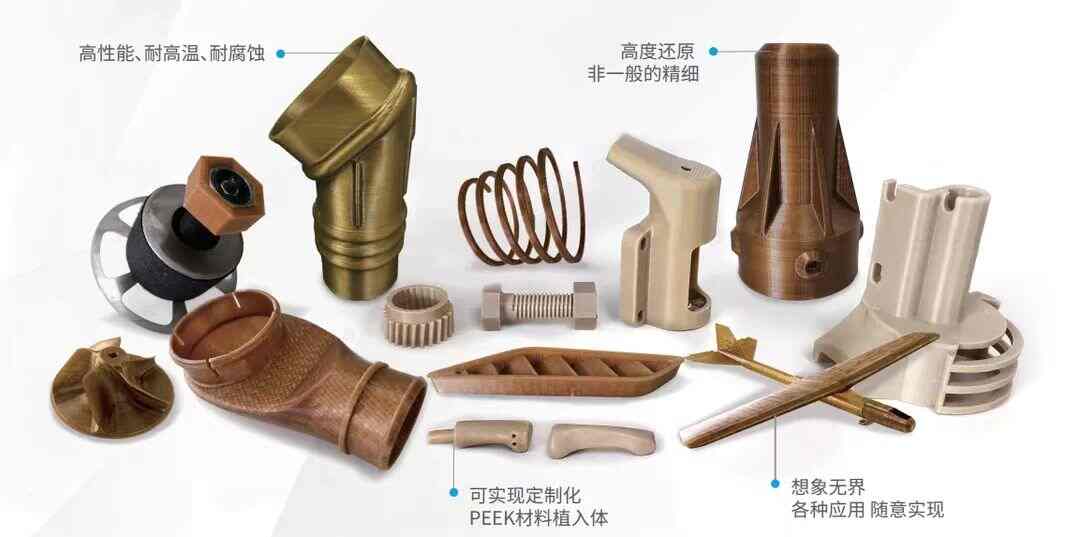
While injection moulding remains an important way to consume modified plastic, another moulding technology has attracted great attention from modification manufacturers since its birth which is 3D printing.
Especially in the lightweight field dominated by high polymers, the combination of 3D printing and modified plastic have a synergetic effect on structure and material.
Plastic material is the foundation of 3D printing technology, and its performance directly affects the quality and function of 3D printing finished products. Currently, more than 100 kinds of plastic material can be used for 3D printing, but compared with other manufacturing industries, the types of plastic material are significantly short.
The plastic material used for 3D printing mainly includes a polymer, resin, etc. However, traditional plastic material has poor melting properties, which leads to the blockage of the 3D printing nozzle, poor fluidity and low processing efficiency, making it challenging to meet the needs of 3D printing.
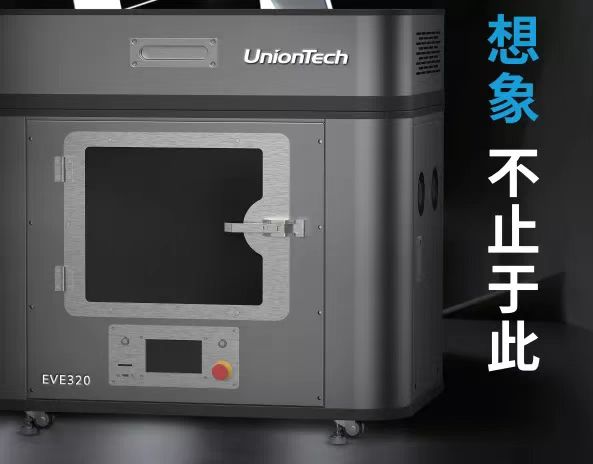
3D printing technology puts forward higher requirements on the performance and applicability of plastic material and different types of 3D printing technology with varying performance requirements for plastic material. The figure below shows the performance requirements of various 3D printing technologies for plastic materials. As seen from the figure, 3D printing technology puts forward requirements on plastics' fluidity, shape and performance. Therefore, modern plastics need to strengthen these aspects to meet production and processing needs. At present, engineering plastics that are widely used in the field of 3D printing mainly include polyamide (PA), polyetheretherketone (PEEK), acrylonitrile-butadiene-styrene copolymer (ABS) and their modified materials. These modern engineering plastics commonly have good mechanical strength, heat resistance and corrosion resistance and are widely used in medicine, machinery manufacturing, and aerospace.
PA, ABS, PC, and PEEK Materials
In this issue, we will introduce four common 3D printing materials and their modification methods: PA, ABS, PC, and PEEK.
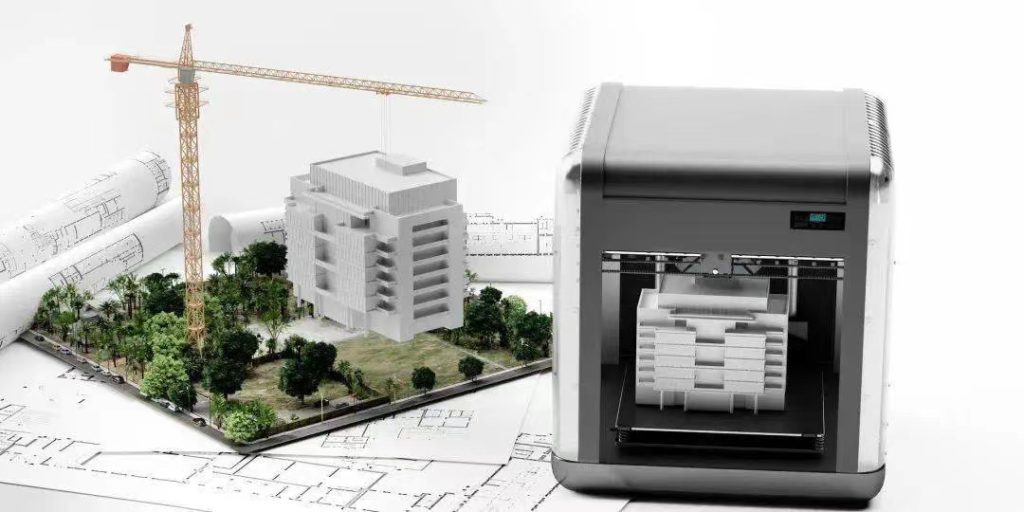
PA
PA, commonly referred to as nylon, has excellent tensile strength and flexibility. It is also a successfully commercialised 3D printing material. The glass transition temperature of PA is as high as 110 °C, and the 3D printing products made from it have good mechanical strength, elasticity and toughness, which can even make 3D printed clothing. However, PA printing products' surface texture is relatively rougher than ABS and PC. On the other hand, PA has good adhesion and is easily prefabricated into even granular spherical powder, so it can be used as a binder for metal and ceramic powders in the selective laser sintering 3D printing process (SLS). It can also be directly used for SLS technology printing.
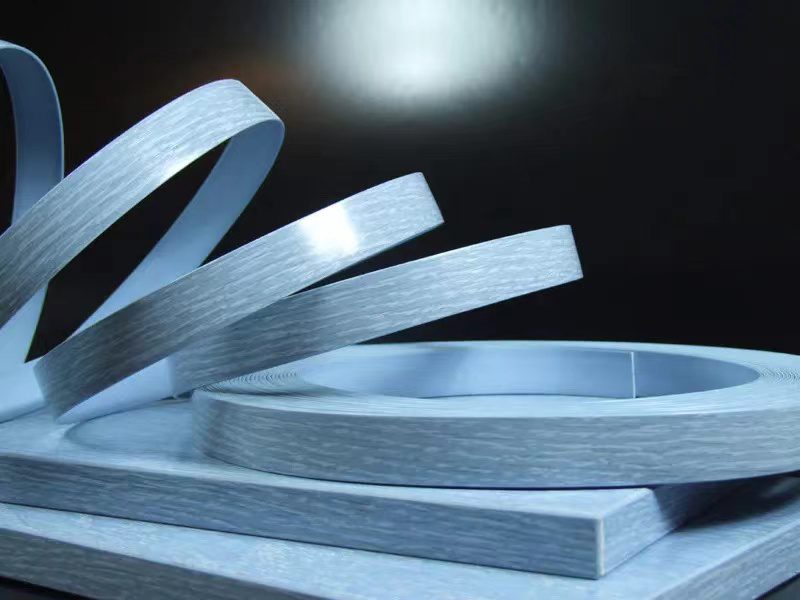
ABS
ABS is the earliest material used in Fused Deposition Modeling (FDM) technology, and it is currently the most commonly used thermoplastic in FDM printing technology. The printing temperature of this material is 210-260°C, the glass transition temperature is 105°C, and the substrate needs to be heated during printing. ABS has a lot of advantages, such as high strength, good toughness, impact resistance, good insulation performance, corrosion resistance, low-temperature resistance, easy silk production and colouring, etc. In addition, its printing products have stable quality and excellent strength.
However, ABS needs to be heated during printing. At the same time, ABS contracts with cold. Therefore, an uneven temperature may partially fall off the heating plate, causing quality problems such as warping and cracking. In addition, it may give off a strong odour during printing.
It can be modified by adding materials with strong fluidity, such as talc powder, mica powder, etc. In addition, the rigidity of ABS can be improved by adding glass fiber reinforcement materials.
The thermoplastic elastomer styrene-butadiene-styrene plastic (SBS) is used for melt blending modification of ABS. When the amount of polymer added is about 10%, the modified ABS plastic will be no obvious warping deformation during 3D fused deposition printing, and the mechanical properties will be improved. The modified consumables will have better fluidity and melt strength.
Additionally, the doping modification of ABS can endow printing materials with various unique properties, which can significantly expand the applied range of such printing materials. A kind of conductive 3D printing consumables can be obtained by modifying ABS resin with nano conductive carbon black under the action of a titanate coupling agent.
In the selection of modifiers and thickeners, the styrene-isoprene-styrene triblock copolymer can improve the fluidity of ABS melt without affecting the original mechanical properties of ABS, which is a benefit for improving the efficiency of 3D printing. As a result, it improves the efficiency of ABS, enhances the toughness of ABS and avoids defects such as fracture and deformation.
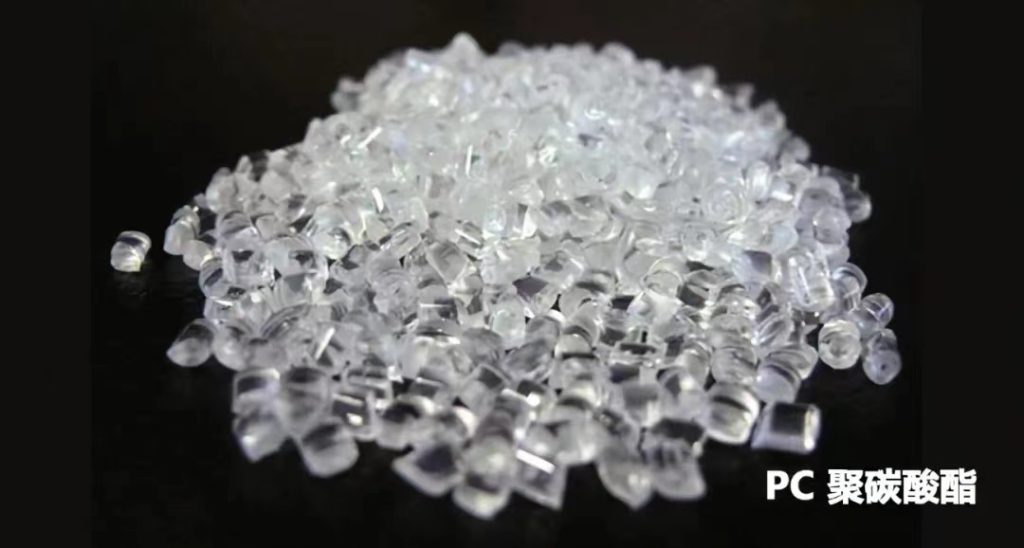
PC
Compared with ABS, PC performs better as a kind of engineering material. This is because the mechanical strength of what PC consumes is significantly higher than ABS. At the same time, it has the advantages of tasteless, non-toxic, low shrinkage and excellent flame retardancy to manufacture high-strength 3D printing products.
However, PC also has some shortcomings, such as relatively high price, unsatisfactory colouring performance, and Bisphenol A is considered a potential carcinogenic risk. To obtain cost-effective 3D printing materials, we can blend PC with other resins. For example, PC and ABS are integrated to prepare polymer material for 3D printing, which can improve shrinkage and interlayer bonding.
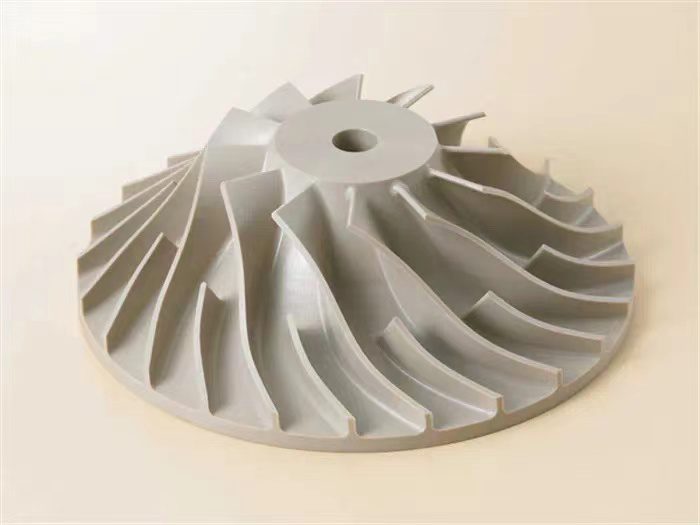
PEEK
PEEK is the engineering plastic at the top of the pyramid, which has excellent wear resistance, biocompatibility and chemical stability, and its elastic modulus is closest to human skeletons. As a result, it's an ideal artificial-bone replacement material in medical 3D printing and suitable for long-term implantation in the human body.
The disadvantages of PEEK are as follows:
Poor adhesion of PEEK's surface, poor thermal conductivity and poor interfacial bonding force with fillers easily lead to its thermal expansion, thermal deformation and thermal fatigue.
Its wear resistance cannot meet the needs of engineering, such as bracket materials, sealing rings and valves.
Molding and processing PEEK is complex.
The melting temperature of PEEK is as high as 334 °C. High melting viscosity and processing temperature make processing technology unstable.
During 3D printing, making parameter adjustments is necessary to adapt to plastic's inherent characteristics. For example, increased PTC heating and radiant heat lamps can improve the melting speed of engineering plastic and avoid unsmooth discharge. The slower the charging rate of engineering plastic, the higher the filling rate of 3D printing products, which to a certain extent, eases the difficulty of 3D printing of PEEK artificial bone with a high melting point, high viscosity and poor fluidity.
At the same time, PEEK reinforced by fibre reinforcement modification, whisker modification, inorganic particle filling modification, and synergistic modification can be further improved in mechanical properties, chemical corrosion resistance, radiation resistance and high-temperature resistance. European Space Agency launched a project in 2017 to manufacture 3D printing CubeSat stereoscopic small satellites with PEEK, gradually promoting the commercial application of microsatellites.
In the medical field, some manufacturers have developed unique 3D printing materials. For example, Evonik directly exposes special functional additives such as biphasic calcium phosphate (BCP) to the surface of 3D printed implants without post-processing, making unique customised 3D printing material deeply favoured by the medical industry.

